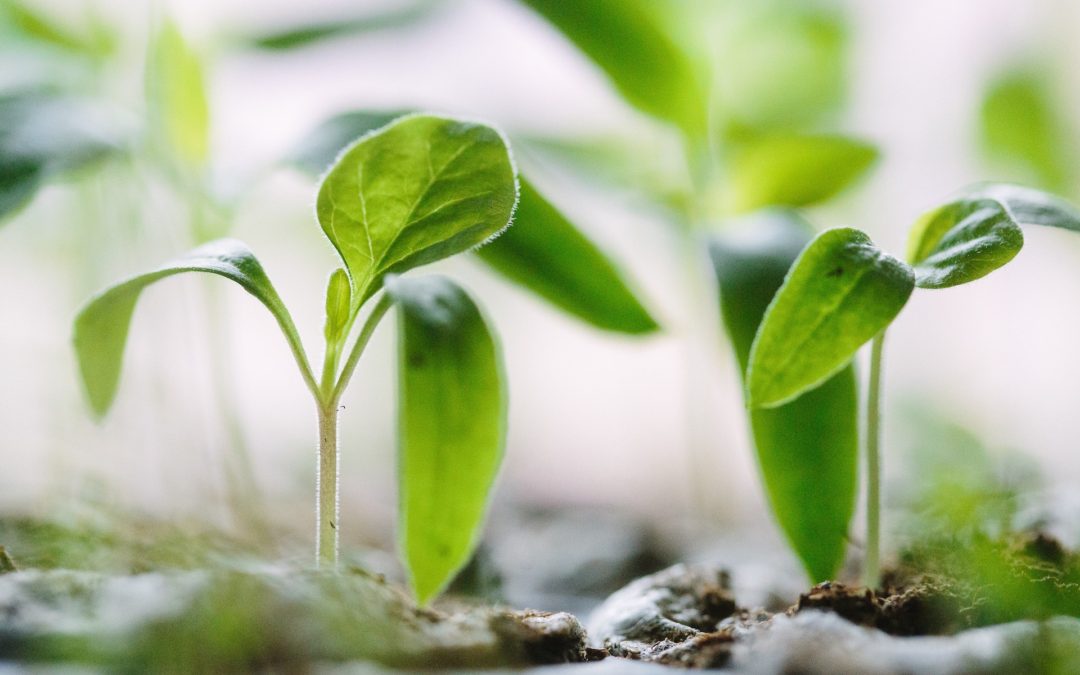Over the last few months, I’ve been collaborating with Carol Hays (The Collaborative Strategic Group), Erin Meyer (Basil’s Harvest) and Claudia Meglin (MetaIntegral) to get ready for our LAB at Transform. The lab is focused on “scaling regenerative agriculture in the heart of the Midwest.”
Carol and Erin are both based in Illinois and have partnered with global organization Health Care Without Harm. They have been working with farmer Harold Wilken (Janie’s Farm Organics) and Chef Golda Ewalt (Director of Food and Nutrition Services @ OSF Saint Francis Medical Center) among others to pioneer regenerative agriculture in exciting new directions. Specifically, they are leading Health Care Without Harm’s Midwest regenerative farm to hospital pilot program. This pilot is part of a larger national project led by HCWH. So, they are collaborating with farmers, mills, and hospitals to launch a “farm-to-food service” that provides healthy food to patients and hospital staff. At the same time, they are creating healthy soils for communities and are creating an economic system that can bring this to scale. One of their main goals is to figure out how to design a supply chain that brings regionally grown and processed foods into hospitals and other institutions.
To bring this farm-to-hospital approach to scale we have been considering the many types of capital that can be leveraged to make this happen. Both in terms of resources found at various levels in the system (e.g., the farms, hospitals, and communities as well as at the municipal, regional, and state levels) that are available but untapped or uncoordinated as well as how might we create a multicapital ROI.
In order to get a clear picture of the multiple capitals available in the system we began discussing how the 10 capitals were present at various levels of the system (see our Jan 22 post “Ten Forms of Capital” for an overview of the 10 types of capital we work with). For example, we looked at what types of capital are to be found with the farmers, the hospitals, the community, the region, etc.). Then we worked together to create a 10-capital asset map (see our March 25 post “Using a 10-Capital Asset Map” for an overview of how to map these out). I then shared with the team the April 18th post “Using a Multi-capital approach to Design a Wisdom Economy of Refugees and Immigration” so we could further think through regenerative agriculture using a multi-capital lens.
This process of exploring regenerative agriculture via a multicapital framework led us to create the table below which captures a number of the key questions that came up in the process. We have used the four types of impact to organize the questions. This helped us to better understand the challenges and opportunities for the farm-to-hospital project by showing what kinds of impacts (and thus metrics and capitals would be involved in answering each question). Within each type of impact, these questions are further organized by 4 distinct scales of the project (i.e., Farmer/Farm, Hospital, Farm-Hospital, and Hospital-Community). There were other scales included in our conversations but these were the most important for the next phase of the project so we just focused on these. Also, after each question I’ve indicated in parenthesis the primary type of capital that is involved. However, many questions actually engage several types of capital across multiple forms of impact. The point here is to begin to get a sense of the primary form of capital involved with answering the question.


As you can see – a multicapitial framework helps identify a variety of forms of capital that are needed or that can be leveraged in in order to make this project a success. These various forms of capital are essential for not only the measurement of impact but they also can become part of the wisdom economy that “finances” the project. To scale this project we need more than financial capital. We need knowledge capital, social capital, natural capital, cultural capital etc. Thus, we are not only pioneering a new vision of regenerative agriculture but also a new way of funding and scaling projects that involve multiple forms of capital.
This project – while focused on soil (natural capital), farmers (knowledge capital), and communities (social capital) – is embedded in a 10-capital system of value exchange. So we are asking ourselves “How can the other 9 capitals support and compliment the financial funding – to create what we might call 10-capital funding (or 4-capital funding or 6-capital funding…)?” and “How can the financial capital be invested in order to grow the value of most or all the other 9 types of capital?”
Sean Esbjörn-Hargens

